Funded on Kickstarter on January 2016, Omnia: The Golden Age is the second part of the Omnia Series, and it’s a prequel of Omnia: The First.
It’s designed by Giovanni Meroni and proudly printed by Expert Playing Cards Co. with Classic Finish.
There are 3 decks of Omnia: The Golden Age:
- Omnia Antica, copper foil on brown/red Stardust Paper
- Omnia Perduta, green foil on grey Stardust Paper
- Omnia Suprema (Limited Edition), red foil and gold foil on dark brown/gold Stardust Paper
All version have different tuckboxes, faces and back.
Features:
- 100% Illustrated courts, aces and jokers
- Custom pips
- Classic intricate & clean design with perfect symmetry
- Metallic inks on cards
- Based on classic playing cards
- Beautiful queens
- Foiled tuck box, both inside and outside
- Every deck includes an extra Queen of Hearts with a special background
An explanation on the main theme
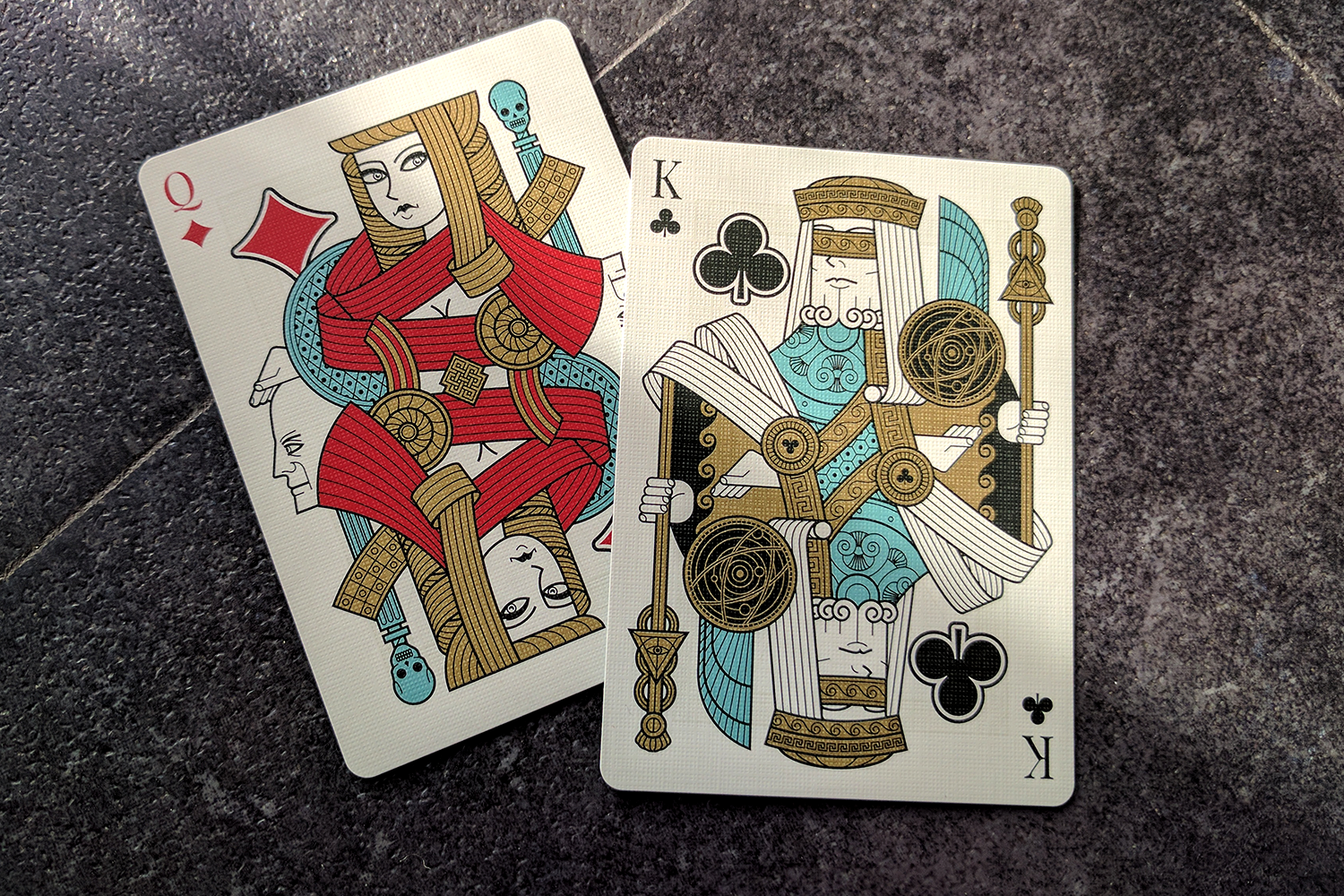
The main Omnia theme is cyclicality, especially in the sense of something constantly re-creating itself, the eternal return. The main symbol is the Uroboros, the immortal God-snake who eats its own tail, represents the beginning and the end of time.
There are three different Omnia: The Golden Age decks, and every deck represents a dimensional plane in the ancient era of the Omnia Universe. Magnifica is the most remote, legendary Era, Antica is the prosperity Era and Perduta is the war Era. All of them are remembered as the “Golden Age”.
The suits are inspired by ancient civilizations: Hearts are inspired by Egyptians, Spades are inspired by Babylonians and Persians, Diamonds are inspired by Romans and Clubs are inspired by Greeks.
Some symbology
The Endless Knot or eternal knot is an ancient symbol of Tibetan Buddhism. It has a lot of meanings, including the endless continuum, the rebirth and the infinity. It is the main symbol of Omnia: The Golden Age.
Sole and Luna are the Sun and the Moon, the main divinities of the Omnia Universe. Like the Chinese Yin and Yang, they represent the two opposite faces of the world and the cycle of the night and day.
The enigmatic Sphynx is a mythical creature from Egyptian and Greek culture. She is said to have guarded the entrance to the City, and to have asked a riddle of travellers to allow them passage.
The Wanderer is said to be a God in disguise in the mortal’s plane. It’s related to Odin.
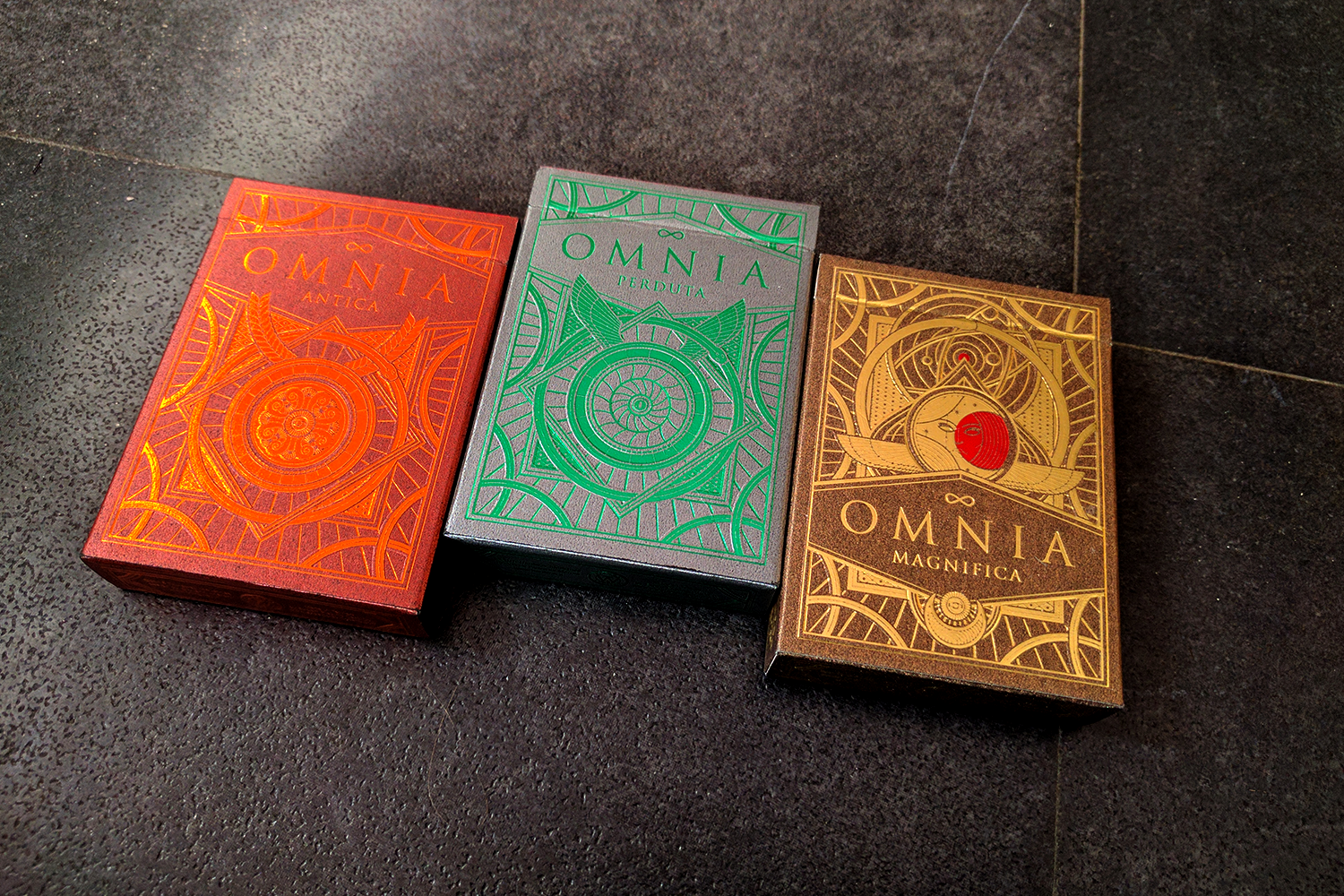
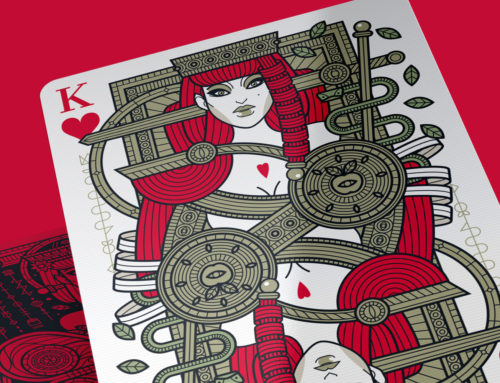
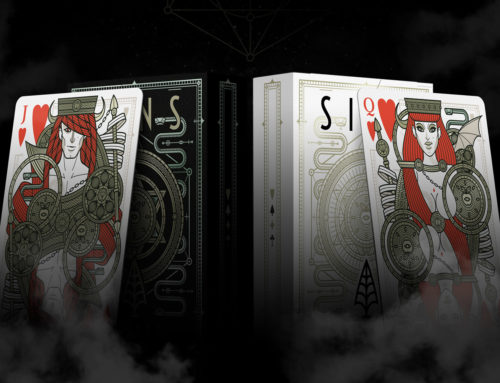
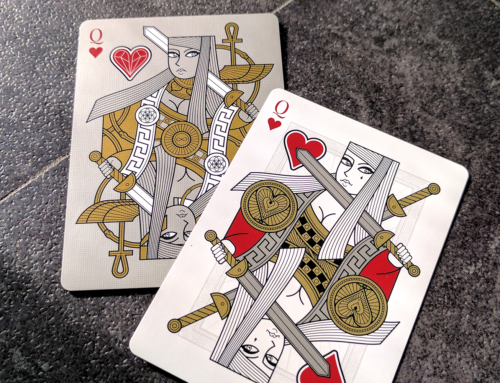
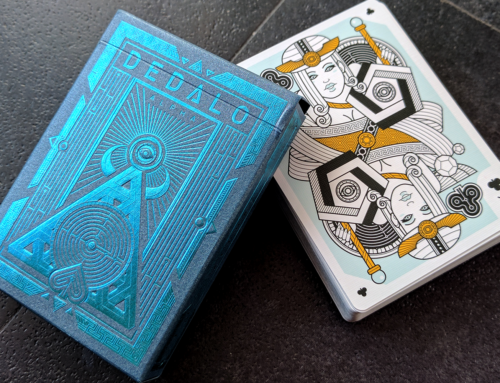
Leave A Comment
You must be logged in to post a comment.